As dog owners, we realize that are dogs are going to bark from time to time. This is the mechanism our four-legged companions use to communicate with us and express themselves. Perfectly normal and natural routine. Barking at a knock at the door, the neighbor’s cat, or the anticipation of going for a ride to the dog park is quite common for most dogs. However, if you own a dog that barks excessively for extended periods of time, these tips will show you how to stop your dog from barking.
Excessive barking can be a real challenge for any dog owner. If your pup seems to have a lot to say and it’s becoming a nuisance, don’t worry! There are some simple and effective strategies to help you curb that barking habit and restore peace at home. Here’s a friendly guide to help you get started on quieter, happier days with your dog.
How To Stop Your Dog From Barking|Understanding Barking Triggers
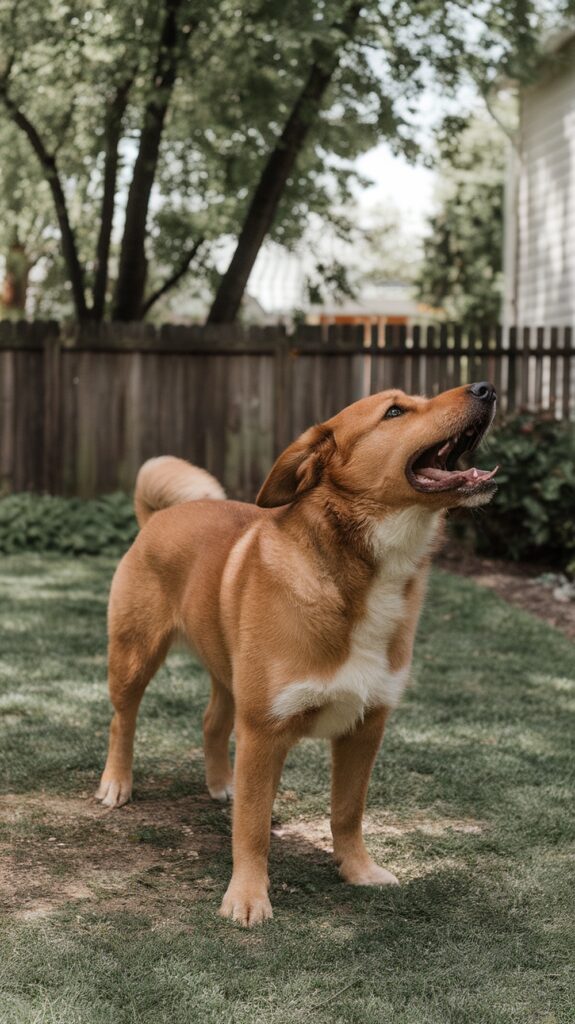
Common triggers can include other animals, people walking by, or even unusual sounds. The dog in the picture might be responding to something occurring nearby. Recognizing these specific triggers can assist you in effectively addressing dog behavior issues. To learn how to prevent your dog from barking, begin by observing these scenarios. Pay attention to what causes your dog to react. Is it the sound of a doorbell, or maybe the sight of another dog? Once you identify the triggers, you can implement training techniques to help manage the barking.
Disclosure: This post may contain affiliate links, which means I may earn a small commission, at no cost to you, if you make a purchase through a link.
Click Here For These 10 Tips For Controlling Your Dog’s Barking
Socialization and Exposure Strategies
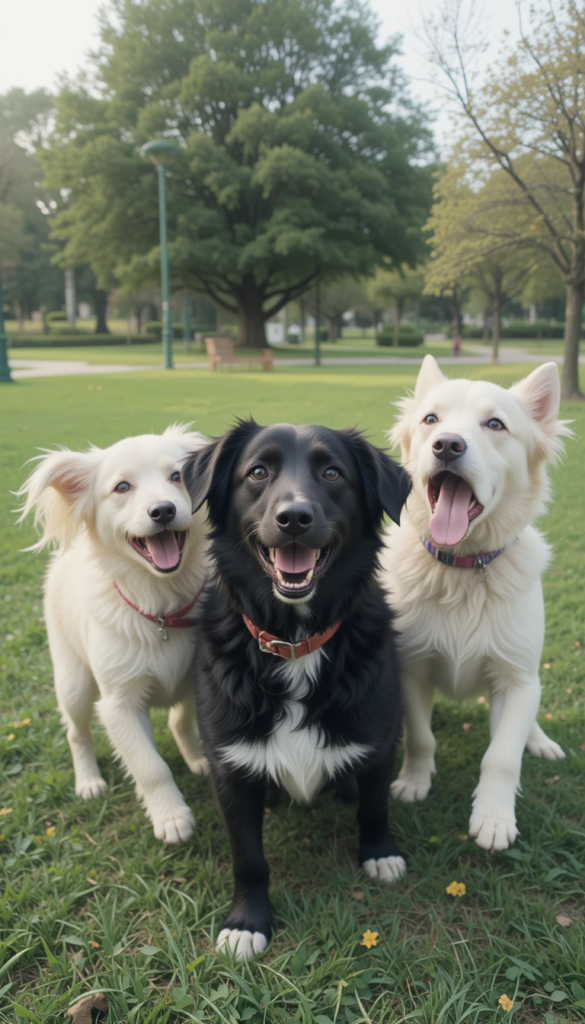
To help curb your dog’s excessive barking, try taking them to places where they can interact with other dogs. Organizing playdates or visiting dog parks can significantly improve their behavior. These outings provide valuable opportunities for dogs to learn proper social skills. It’s important to use positive reinforcement during these interactions. Make sure to reward your dog for staying calm around others.
This training approach can help them feel more at ease in social situations, which may lessen their tendency to bark at unfamiliar dogs or people. Keep in mind that the more varied experiences your dog has with different environments and other dogs, the less likely they are to bark out of fear or anxiety. Patience and consistency are key!
Click Here For These 10 Tips For Controlling Your Dog’s Barking
Dog Training Techniques
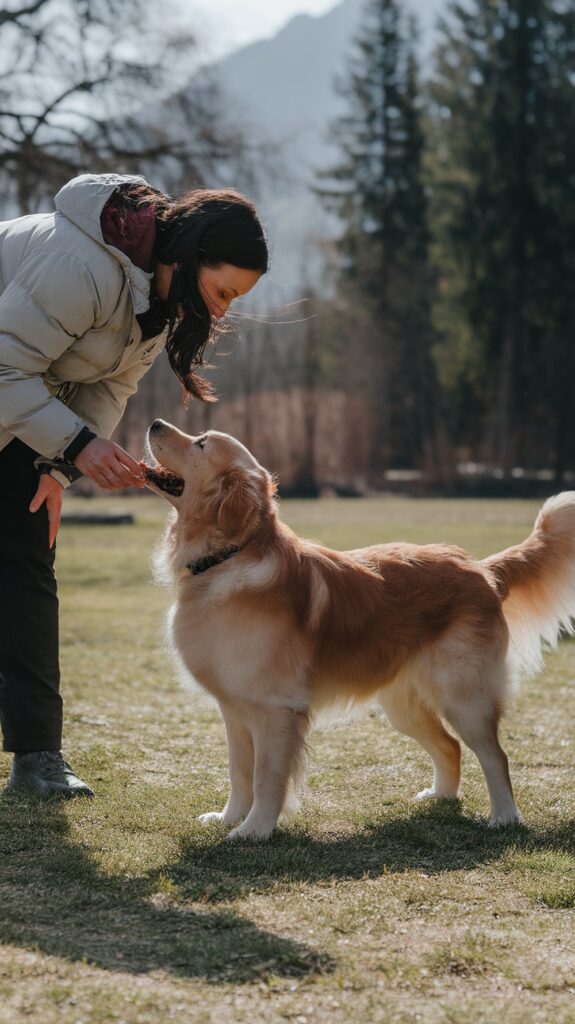
When it comes to training dogs, using positive reinforcement is an excellent approach to tackle behavior issues. This technique promotes good behavior without resorting to punishment. Rather than scolding your dog for barking, you can reward them when they remain quiet. This fosters a more enjoyable learning atmosphere. To effectively use positive reinforcement, begin by recognizing the times when your dog is calm.
During these moments, offer them treats or praise. This helps them link quiet behavior with positive rewards. Consistency is crucial in teaching your dog to stop barking. With time, they will learn when it’s appropriate to be quiet and when it’s okay to make noise. Advice on dog training frequently highlights the importance of patience. Each dog learns at their own speed. Celebrate the small wins along the journey. Your dog will value the encouragement, which will make them more willing to follow your guidance.
Click Here For These 10 Tips For Controlling Your Dog’s Barking
Creating a Calm Environment

Consider setting up a specific quiet area for your dog. This could be a snug corner with their bed and favorite toys. Having a safe space can address behavioral issues and offer a retreat when things become too much. Adding some gentle background noise, like soft music or a white noise machine, can also help drown out external sounds that may provoke barking. Remember, consistency is crucial in dog training, so strive to maintain a calm and predictable environment.
Click Here For These 10 Tips For Controlling Your Dog’s Barking
Effective Communication and Commands
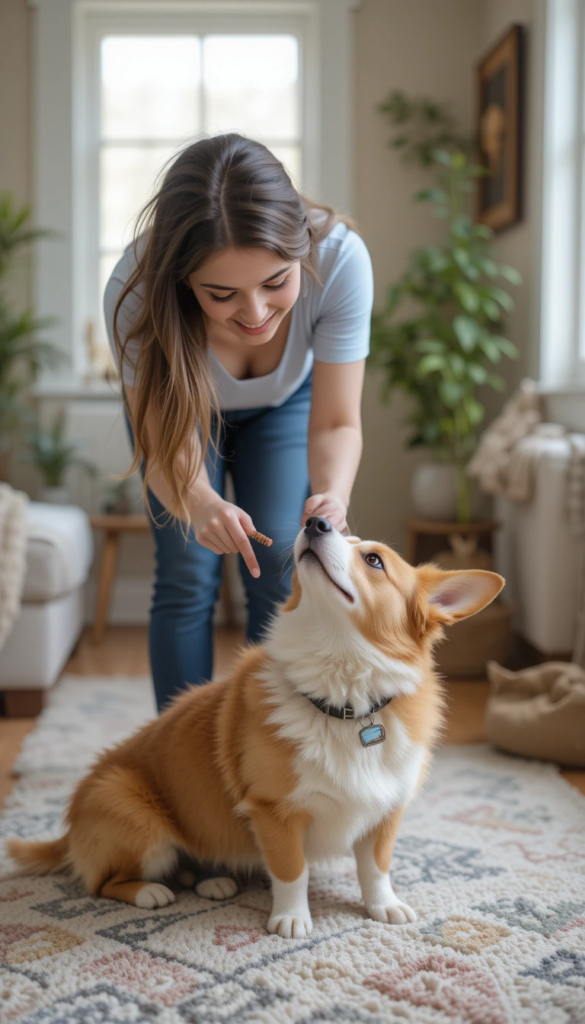
Giving your dog clear instructions helps them understand what you want. Simple commands like ‘quiet’ or ‘enough’ tend to work well. It’s important to be consistent by using the same phrases whenever you want them to stop barking. Rewarding good behavior is also an effective strategy. Offer your dog praise when they obey your commands.
This builds a connection between their positive actions and your approval, which can help address behavioral issues. Treats can also be very motivating! Keep training sessions short and fun. If your dog remains engaged and excited, they’ll be more responsive to your commands. With time and practice, you’ll see improvements in your dog’s barking behavior.
Click Here For These 10 Tips For Controlling Your Dog’s Barking
Dog Behavior Problems
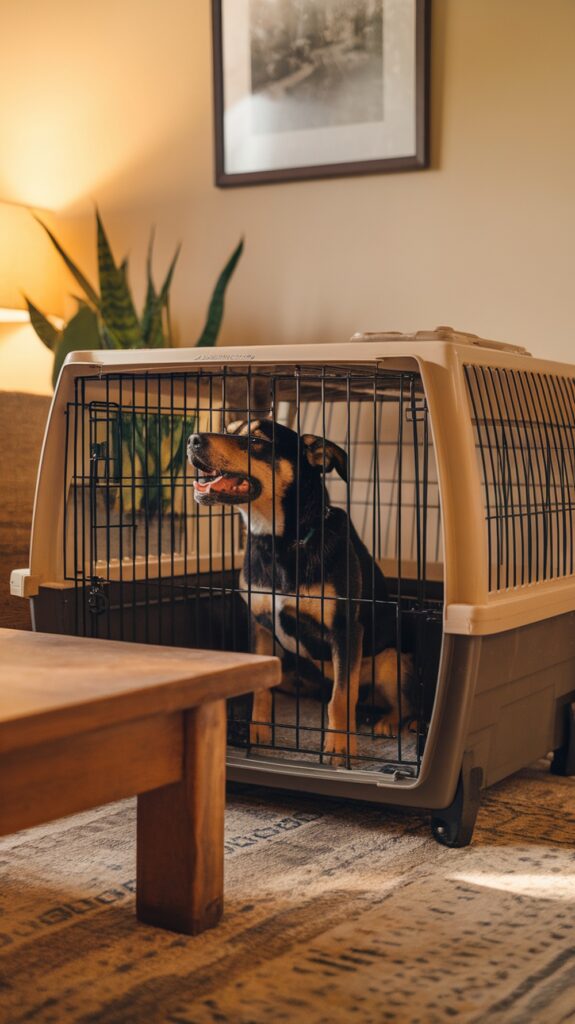
When your dog spends a lot of time by himself, he’ll start to bark whenever you leave him alone. This annoying event can grow so strong that he’ll begin to bark as soon as you walk away and keep going until he hears you coming back. If the house is empty during the day, your dog will be eager for attention. He’ll bark whenever he thinks someone is nearby, and he’ll get pretty loud and persistent. Not an ideal situation.
Click Here For These 10 Tips For Controlling Your Dog’s Barking
Keeping Your Pet Active & Focused
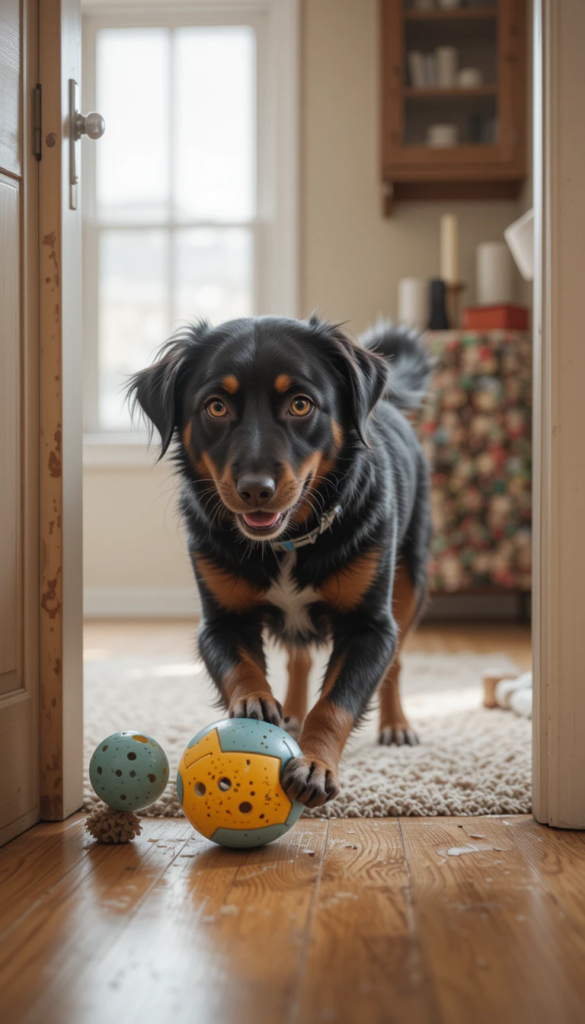
Providing your dog with tasks and other interactive dog toys that engage both the mind and body will have an impact on your pet’s energy use and problem-solving abilities. This leads to a dog who’s happy to rest or nap when he needs to be by himself. In a nutshell, the process of keeping your pooch occupied and entertained, will go a long way in reducing the barking.
Click Here For These 10 Tips For Controlling Your Dog’s Barking
0 Comments